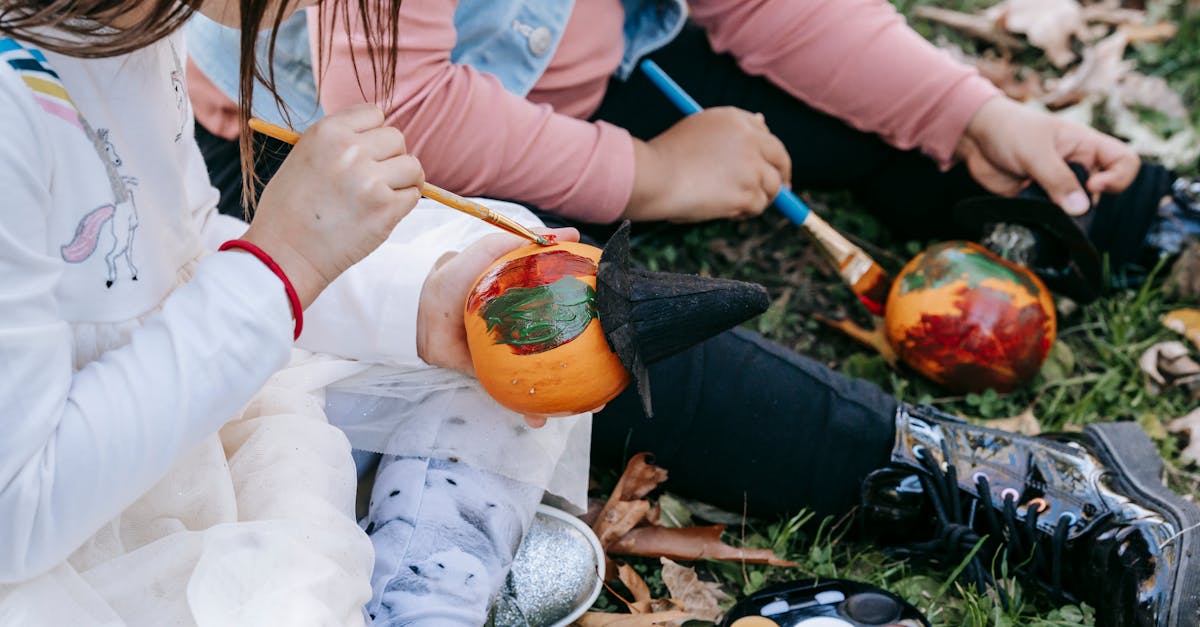Contentment Starts at Home
Imagine a world where our little ones learn the value of contentment early on. It’s not just a dream—it’s possible and, believe me, sometimes hilariously challenging. To embark on this journey, remember the impact of your own attitude towards contentment. Kids are like sponges, absorbing every ‘I wish I had’ or ‘One day, when we can afford’ statement. Start with modeling contentment in your everyday life. You won’t believe the number of times my attempt to express gratitude for what we have turned into a comical household meme!

Using Bible Verses as Teaching Tools
Utilizing Bible verses can gently introduce the concept of contentment to children. Phrases such as ‘I can do all things through Christ who strengthens me‘ from Philippians 4:13 or ‘Be content with what you have‘ from Hebrews 13:5 can become powerful tools. Sing them as songs, make them into art, or include them in bedtime stories. My four-year-old now reminds me, ‘Mommy, we have enough, just like Paul said,’ which, aside from melting my heart, shows the lasting impact these lessons can have.

Practical Activities for Everyday Lessons
Translating Bible verses into relatable activities for pre-schoolers can be an adventure—think treasure hunts for blessings or constructing ‘thankfulness towers’ from blocks. Each block represents something they’re thankful for. By the time they’ve built a skyscraper, they’re beaming with joy at the abundance in their lives. These activities morph the abstract concept of contentment into tangible experiences.

Addressing the ‘I Want’ Syndrome
Challenging the incessant ‘I want’ demands requires consistency and a dash of creativity. One effective way to approach this is by creating a ‘Blessings Jar’ within the family.
Each day, encourage every family member to write down something they are grateful for and put it in the jar. This practice helps in shifting the focus from constant wants to acknowledging the abundance and various forms of wealth we already possess.
During a phase where a child insists on needing a new toy to be happy, revisiting the Blessings Jar can make a significant impact. It can lead to a meaningful discussion about gratitude and contentment. You might even find humor in some of the blessings your children appreciate, like the simplicity of a jelly sandwich!

Fostering Gratitude and Generosity
Encouraging generosity among pre-schoolers can teach them the joy of giving and, by extension, contentment. A simple act like baking cookies for neighbors or donating unused toys can illuminate the pleasure derived from making others happy.
Witnessing their joy in giving, I once found my little one giving his favorite teddy to his crying sibling, claiming, Teddy makes everyone happy! It was a proud, picture-perfect moment of genuine generosity.

Encouraging Reflection and Growth
End each day with a reflection on the lessons learned and the joys experienced. Ask open-ended questions that encourage children to express their feelings and thoughts about contentment. Incorporating this into bedtime routines solidifies the day’s teachings and promotes a growth mindset. My kids’ reflections range from amusing to surprisingly insightful, revealing the depth of their understanding and its impact on their perspectives.

